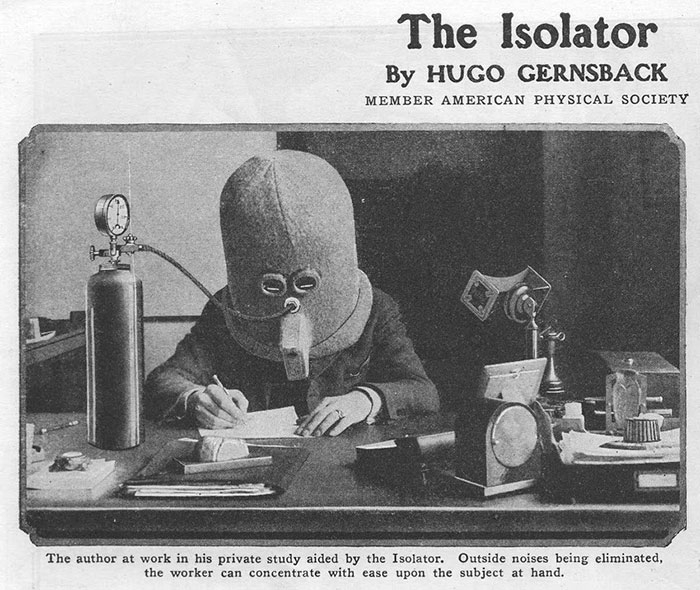
Well, this week’s Links article is likely to prove a bit on the spicy side, thanks in no small part to the Chinese balloon that spent the better part of the week meandering across the United States. Putting aside the politics of the whole thing — which we’ll admit is hard to do, given the state of the world today — there are some interesting technical aspects to this story, which the popular press has predictably ignored. Like the size of this thing — it’s enormous. This is not even remotely on the same scale as the hundreds of radiosonde-carrying balloons sent aloft every day, at least if the back-of-the-envelope math thoughtfully sent to us by [Dr_T] holds up. If the “the size of three buses” description given in most media reports is accurate, that means a diameter of about 40 meters, for a volume of 33,500 cubic meters. If it’s filled with helium — a pretty safe bet — that makes its lifting capacity something like three metric tons. So maybe it was a good idea to wait until it was off the Carolinas to shoot it down.
In other potentially spicy news, we stumbled upon an article this week that provides details on Toyota’s seeming foot-dragging when it comes to electric vehicles. Toyota has staked out a pretty staunch “hybrids-only” approach to its vehicle lineup, and although it’s working on a battery-only platform, it’s pretty safe to say that the Japanese carmaker has not been favorably disposed to converting to an all-electric lineup. The numbers they use to defend that position are interesting, too, when taken with the appropriate amount of salt. They claim their position is based on the limits to lithium production, which of course is essential to building batteries. Given a fixed supply of the metal, they feel it’s smarter to build many smaller batteries and put them in hybrid vehicles, rather than commit to building just a limited number of giant batteries for a smaller fleet of EVs. Again, this has to be tempered with the knowledge that Toyota just happens to have a lot of its production capacity devoted to hybrid cars, so it may be a little self-serving. But it still makes sense, at least until we can lasso a lithium-rich asteroid and tow it back to Earth.
Have you ever felt like your phone battery is running down far quicker than it should? If so, you’re not alone, and it may be due to something called “negative testing” on Facebook Messenger. This is according to whistleblower and now ex-Facebook engineer George Hayward, who claims he was fired for refusing to partake in such testing. He claims Meta can run code that runs the battery down on a specific phone, apparently because that’s how data science is done. We agree with George that this is unethical and dangerous — imagine needing to dial emergency services because you’re having chest pain only to find out your phone battery has been depleted by a random test you didn’t know you had signed up for when you signed off on the EULA.
If you’ve ever had to scan through a modern scientific paper, one of the hardest bits is coming up against acronyms that you’re not familiar with. This usually means you have to go back in the text to find where the acronym was instantiated to get a translation, or perhaps even Google it in the worst case. But with so many forced and cutesy acronyms — looking at you, NASA; SHERLOC, and WATSON? — the signal-to-noise ratio on a search can make meaningful results difficult to obtain. To look into the prevalence of acronyms in scientific literature and how they might be impacting understanding, a bunch of Danish scientists came up with a paper entitled “SearCh for humourIstic and Extravagant acroNyms and Thoroughly Inappropriate names For Important Clinical trials (SCIENTIFIC): qualitative and quantitative systematic study.” It’s actually a pretty good read, and has some funny bits, like the two criteria they define for acronym quality: a positive factor, known as BEAUTY (Boosting Elegant Acronyms Using a Tally Yardstick), and negative factors, denoted CHEATING (obsCure and awkHward usE of lettArs Trying to spell somethING). Extra points for misspelling “awkward” and making the extra letter the only one from the word to make it into the acronym.
And finally, if you’ve been having trouble concentrating at work lately as much as I have, then you might want to hop in the WABAC machine and check out “The Isolator.” It dates from the 1920s and was the brainchild of none other than Hugo Gernsback, the father of science fiction (or at least science fiction publishing) — as well as magazines like Radio Electronics. Old Hugo apparently has a hard time staying on track at the office thanks to both audible and visible stimulation, so he came up with something that looks like a cross between a pith helmet and an old-timey diving helmet. The thing was substantial, made of layers of wood, cork, and felt, presumably for their sound-absorbing qualities, and also limited visual distractions with just a tiny pair of portholes, which would have exactly zero chance of lining up with your axis of view at any given moment. To prevent suffocation, and possibly as a quick hangover remedy, Hugo thoughtfully included an inlet for an oxygen supply, which appears to blow directly at the wearer’s nose. We can’t imagine how stifling it would have gotten inside that thing.

0 Commentaires